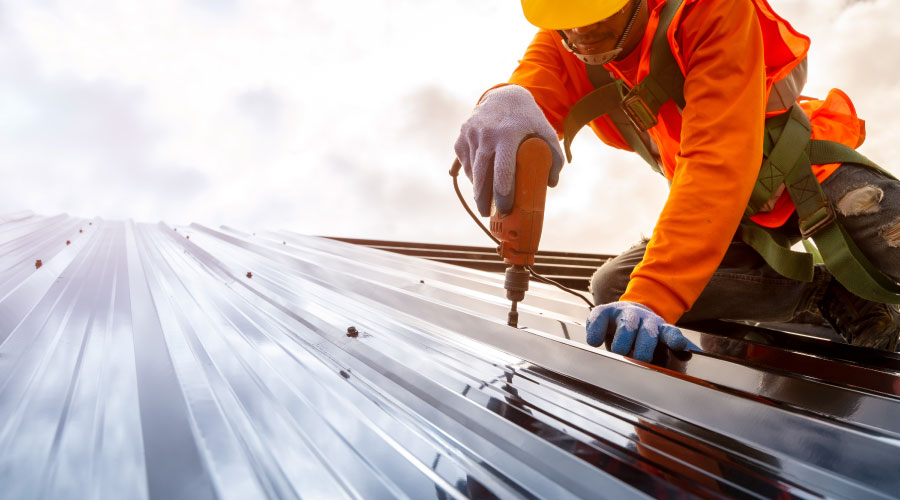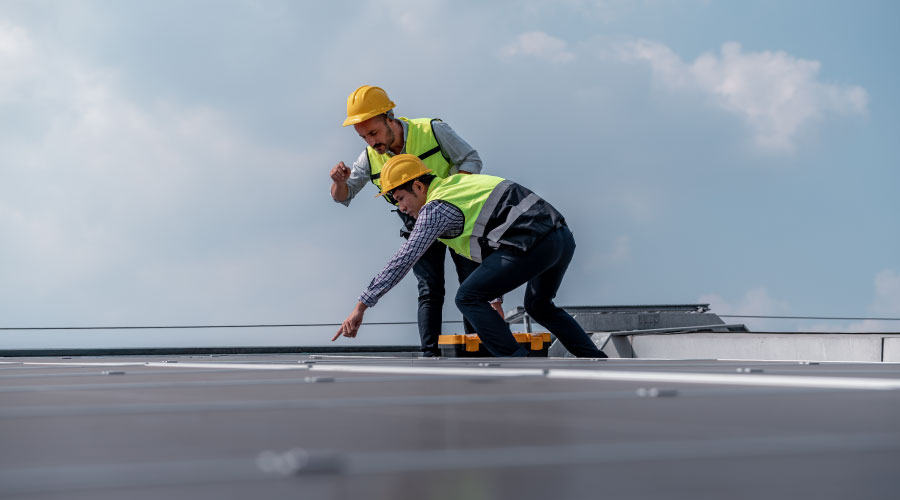Managers Should Consider Life-Cycle Costs When Specifying Roofs
Roofing professionals and building managers generally agree asphalt BUR and modified bitumen roofing systems offer a solid return on investment.
A well-designed, well-maintained asphalt roofing system can last for decades, especially when it is constructed using quality materials and is skillfully installed and maintained.
Research continues on roofing system durability, life-cycle costs, and innovative uses of reflective technologies to improve buildings’ energy efficiency.
In their search for sustainable, energy-efficient roofing systems, managers tend to favor durable, energy-efficient systems. But they should be careful not to specify less-durable roofing products that might only provide short-term savings. While peak cooling demand is an important consideration, managers specifying a quality roofing system should take into account climate and the energy picture of the entire building envelope.
Traditional asphalt BUR and modified bitumen roofing systems form the basis for some of the greenest roofs — with a few adjustments, such as adding reflective granules and coatings, as well as insulating options, including vegetation, aggregate, or traditional insulation products. With these applications and modifications in mind, managers might want to consider black to be the new green.
James Baker is director of industry affairs with the Asphalt Roofing Manufacturers Association.
Related Topics:















